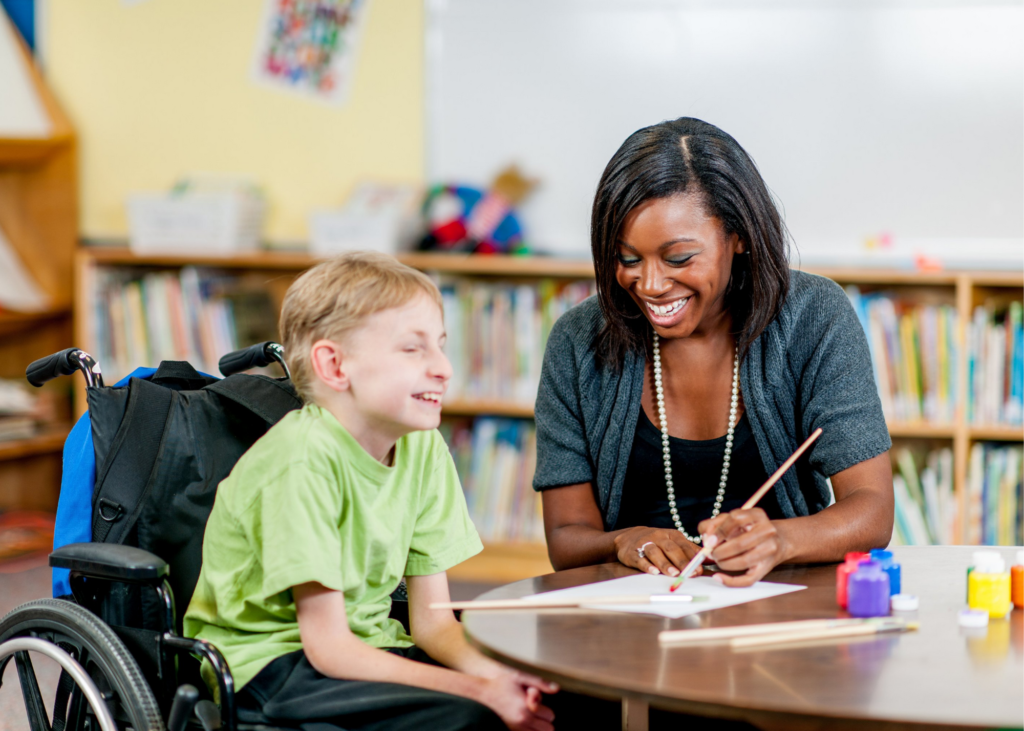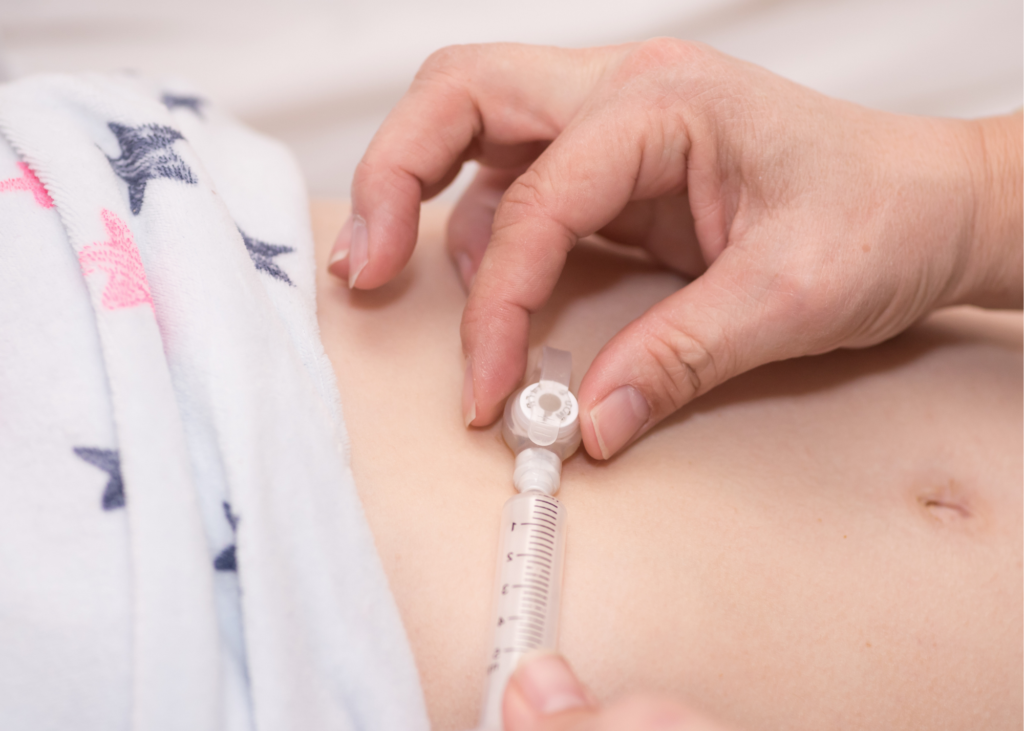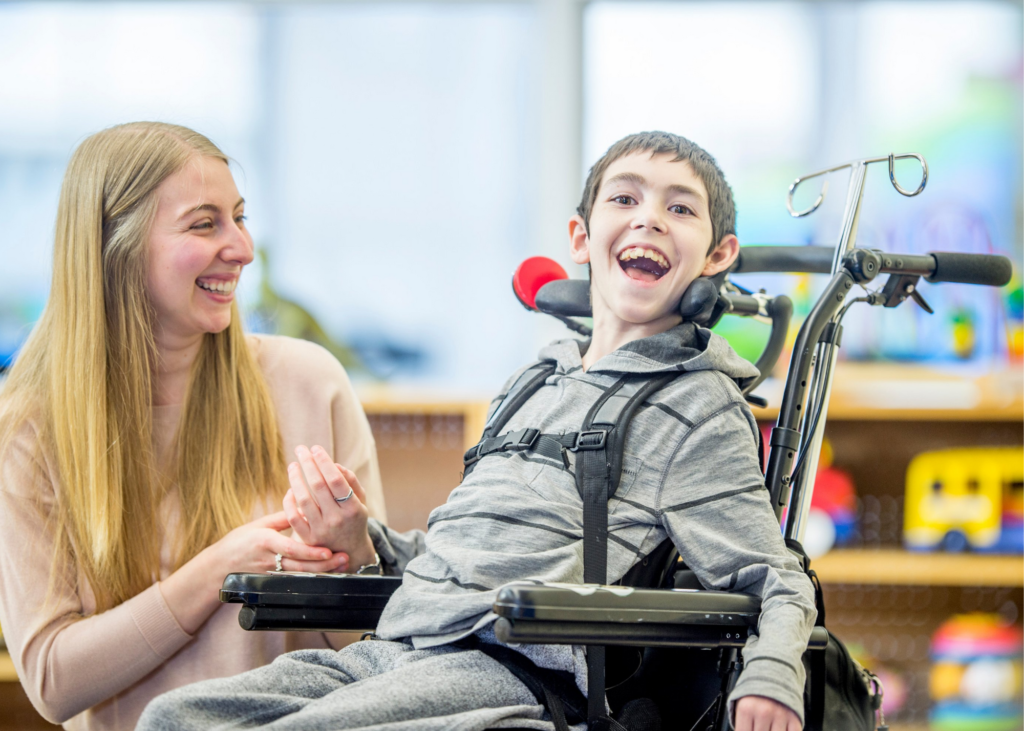I am excited to introduce this week’s guest blogger, Alexis from The Peachy Speducator. Alexis and I always talk about the medical needs in special education, so now we wanted to teach you a few things!

Have you ever sat back and thought I went to college to teach, not to do all this other stuff? Well, let’s face it. Being a special education teacher is more than just teaching. Especially in the self-contained classroom.
We are therapists, nurses, secretaries, surrogate parents, and the list goes on. One thing that you probably weren’t taught is how to handle student medical needs in your classroom. Let’s talk about some common medical needs in the classroom.

A urinary catheter is a tube that allows a person to empty their bladder when they are unable to do so on their own. There are some reasons your students may not be able to empty their bladders. This can be because of temporary or permanent paralysis, a specific medical diagnosis such as spina bifida, lack of motor function, or intellectual disability. There are three main types of catheters, but they all serve the same purpose.
Some students are able to cath themselves, and some will require assistance. Students who use catheters should have a medical plan. Depending on the staffing in your district, a school or special education nurse will train you on how to catheterize a student. Some districts have nurses who do this daily. In other districts it is the classroom teacher or staff’s responsibility.
An ostomy is a bag that is worn on the abdomen and collects bodily waste. The main types of ostomies that you may encounter are a urostomy or colostomy. But, there are other types as well. Ostomy bags are usually placed as a result of damage to or malfunction of digestive or urinary organs.
Just like urinary catheters, some students may be able to change their ostomy bags themselves, and others may require your assistance. This may be your responsibility to take care of or a nurse’s. Regardless, your district should provide training to you.

Feeding tubes help students to receive nutrition and, in some cases, medication. Some students rely solely on their feeding tubes for nutrition while others will use it to supplement what they are unable to take in by mouth. A student may have a feeding tube placed through their nose, or directly into the stomach or intestines by way of a port on the abdomen.
Some students are on a continuous feed, which means they will use a pump to control the rate of their feedings. Other students eat using a gravity or bolus feed, which means the rate of the feed is controlled by another person. Parents and a school or special education nurse will be your resource for educating you about this process.
Seizures are result of a neurological misfiring in the brain. In some cases, seizures may be triggered by something specific such as flashing lights or lack of sleep. In other cases, seizures are unpredictable. Common types of seizures include absence (petit mal) and tonic clonic (grand mal) seizures. Absence seizures usually only last a few seconds. You may notice your student appearing to stare off into space or you may not see it at all.
Tonic clonic seizures are very obvious. The child may jerk or shake, cry out, or lose consciousness. Sometimes the child may lose control of their bladder or bowels and may drool excessively or foam at the mouth. Some people with seizures may take medication on a daily basis. If you administer medication at school, be sure to document and keep track of your documentation. Sometimes, a parent or doctor may ask for this documentation to help determine how to treat the patient.
Other students may only use emergency medication, which can be life-saving. A nurse will train you on how to administer this medication if this will be your responsibility. If you suspect a student may be having a seizure, but they do not have a history or seizures, you’ll want to let you school administration know immediately so they can call emergency medical services.
These students should also have a seizure action plan that has been completed and signed by a doctor so that school personnel will know exactly what to do in the event that the student has a seizure at school. Be sure to share a copy of the seizure action plan with IEP team members and anyone who works with the student.
Use of oxygen helps a person keep their lungs open to ensure that they can breathe properly. When I’ve had students in my class who used oxygen, I always placed a sign on my door and the entrance doors to the school building to make people aware so they wouldn’t bring anything in my classroom that could cause an issue for the student’s breathing or be in close proximity to their oxygen tanks.
Some parents may prefer to leave an extra oxygen tank at the school or on the bus. The nurse will coordinate this with school personnel and inform you on everything that you need to know about monitoring the student’s oxygen and oxygen levels.
A tracheotomy is when a tube has been placed into the trachea to keep the airway open. These students may also require suctioning to make sure the airway is clear. In my experience, students who have a trach always have a nurse who is with them at school full time.
There are some students who do not have a tracheotomy who do require suctioning. A suction device is used to orally remove extra saliva or mucous to help the student keep their airway clear. Parents and the school nurse will train you on how to do this if it will be your responsibility.
Diabetes is more common now than ever. If you have a diabetic student, you may be charged with helping to monitor their sugar levels if they are unable to do it themselves. If the student takes insulin at school, the school nurse will administer insulin and can provide training. These students may need to keep sugar pills or sugary foods or drink on or near them in the event that their sugar drops too low. I suggest having a designated area and container for these snacks so that the student and classroom staff know where they are located.
Be sure to let parents know when snacks are running low. Diabetic children may also need to use the restroom and be thirsty more frequently than other children. I always ask parents to send a change of clothes to keep at school just in case the student has an accident.

All of these medical needs are documented in the student’s IEP. Parents know their child and their medical history better than anyone else, so always ask any questions you may have and make sure they are included in conversations with school staff. Make sure you and your staff have a central location for medical procedure documentation.
Looking for more information about self- contained classrooms, check here!

Instagram | TeachersPayTeachers | Facebook | Boom Learning Library | Pinterest
What are you looking for?
COPYRIGHT © 2025 Full SPED Ahead